Poor posture is more than just a slouch—it can lead to chronic back pain, reduced energy, and even shallow breathing. The good news? With just 15–20 minutes a day, you can reset your body’s alignment and build long-term habits that support a healthier spine. This beginner-friendly 28-day posture plan is designed specifically for home exercisers who want real results without equipment or experience.
Modern lifestyles—long hours at desks, frequent phone use, and sedentary routines—pull our bodies out of natural alignment. Rounded shoulders, forward head posture, and weak core muscles are common. The 28-Day Posture Fix combats these issues with targeted exercises that strengthen postural muscles, improve body awareness, and enhance mobility.
This plan is structured in four weekly phases, each building on the last. Every day includes simple movements that take 15 to 20 minutes. No gym membership or equipment needed—just a mat and a willingness to show up.
The first week focuses on body awareness and waking up dormant muscles. You’ll learn how to engage your core, set your shoulders correctly, and align your spine.
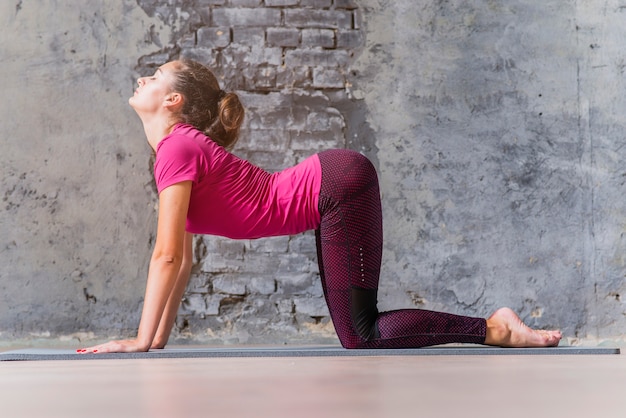
Now that you’ve built awareness, it’s time to strengthen key stabilizers. This week emphasizes the core, upper back, and hips.
Improved posture isn’t just about strength—it’s also about flexibility and balance. This week integrates gentle mobility drills and standing stability exercises.
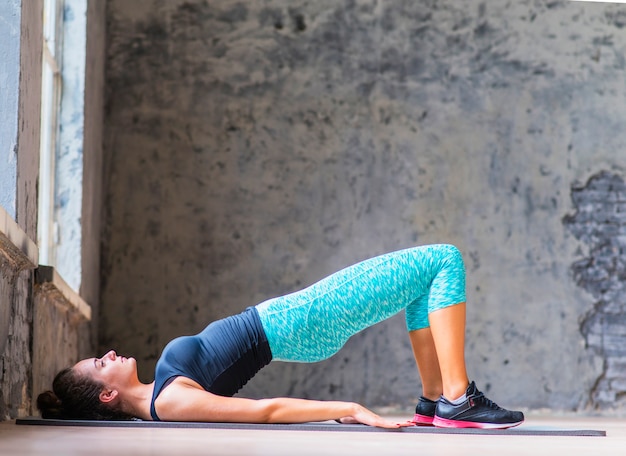
The final week combines everything into short, flowing routines while introducing posture cues for daily life.
Proper form is essential to avoid strain and maximize benefit. Keep these tips in mind:
This plan is beginner-friendly, but everyone’s starting point is different. Here’s how to adapt:
Even at home, safety matters. Clear a dedicated space free of clutter. Use a non-slip mat to prevent sliding. If you share your space, communicate your routine to avoid interruptions. Keep water nearby and listen to your body—rest when needed.
By the end of the 28 days, you’ll notice standing taller, breathing deeper, and moving with more confidence. The real goal? Making good posture a natural part of your daily life.

Fitness

Fitness

Fitness

Fitness

Wellness

Fitness
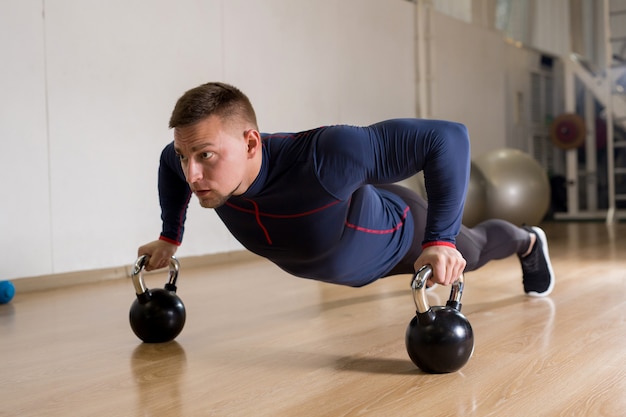
Fitness
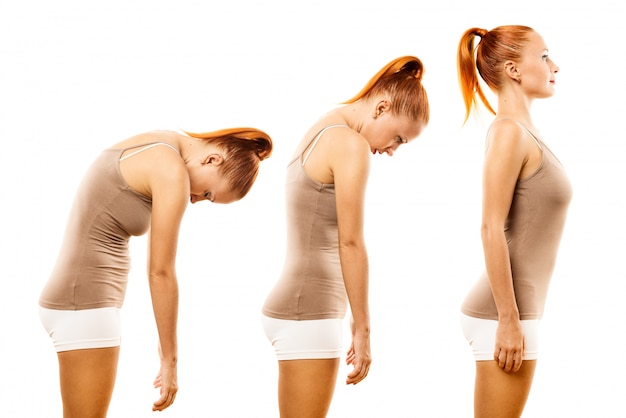
Wellness

Fitness
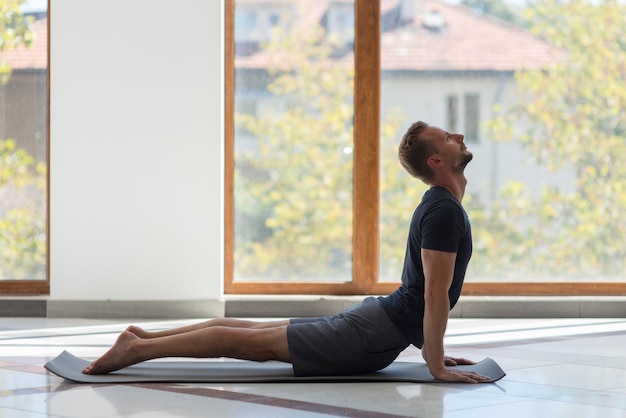
Wellness

Health
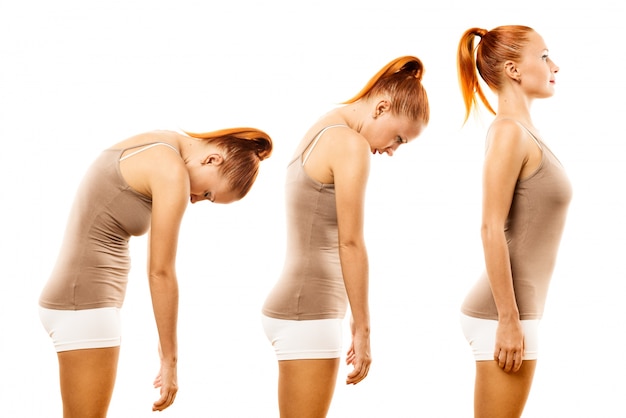
Wellness

Health

Fitness

Health

Health